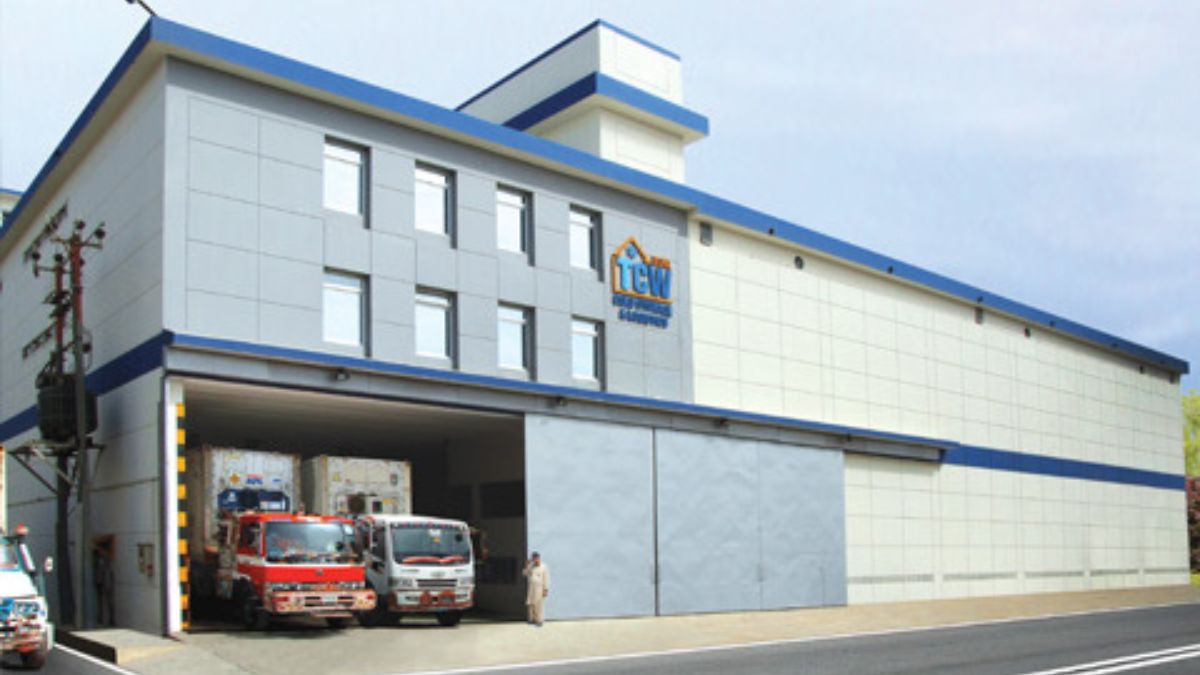Cold storage in Pakistan: Pakistan’s cold storage sector is becoming increasingly vital in addressing the country’s food preservation challenges and supporting the agriculture-driven economy. As of 2025, the industry is undergoing gradual transformation, marked by infrastructure expansion, policy shifts, and rising demand driven by exports, urban consumption, and e-commerce.
Cold Storage Infrastructure Overview
Pakistan hosts over 500 cold storage facilities. Most are concentrated in Punjab (over 75%), followed by Sindh, Khyber Pakhtunkhwa, and Balochistan. These storage units vary in type, including traditional cold rooms, blast freezers, and specialized storage for dairy and seafood. However, most facilities lack modern automation, energy efficiency, and digital monitoring systems.
Recent projects, such as USAID-backed storages in KP and SBP-financed units through the Warehouse Receipt Financing Scheme, are introducing better practices. Still, nationwide adoption remains limited.
Read More: Pakistan Records $103M Current Account Deficit in May
Key Features – Cold storage in Pakistan Sector (2025)
| Feature | Description |
|---|---|
| Total Facilities | 500+ (Majority in Punjab) |
| Primary Applications | Fruits, vegetables, dairy, seafood, meat, frozen foods |
| Infrastructure Gaps | Poor insulation, lack of zoning, outdated cooling systems |
| Modern Technologies | Limited use of IQF, palletization, IoT-based temperature monitoring |
| Energy Dependency | High grid electricity cost; growing solar adoption |
| Government Policies | Industrial tariff push, SBP financing, energy-efficiency regulations |
| International Support | USAID & FAO-funded facilities in rural/agri zones |
| Investment Drivers | Export growth, food security needs, e-commerce and online groceries |
Regulatory and Policy Shifts
Previously, cold storages were classified under commercial electricity tariffs—making energy expenses unsustainable. In 2024, stakeholders demanded tariff reclassification to industrial rates. This remains under consideration, with growing support from the business community and FPCCI.
In parallel, energy efficiency labeling and minimum performance standards for refrigeration are being introduced by national regulators like NEECA and PSQCA. These are projected to reduce electricity costs significantly by 2030.
SBP’s Warehouse Receipt Financing Scheme is also gaining traction, enabling businesses to receive low-interest loans for setting up or modernizing storage units.
Read More: SBP Projects Rs2.4 Trillion Profit for FY25 Amid Economic Stabilization
Future Outlook and Opportunities
Pakistan’s cold storage sector has strong growth potential. As export markets expand—especially for mangoes, seafood, and frozen meat—the need for reliable, temperature-controlled logistics becomes urgent. Urban food demand, supermarkets, and delivery apps are also pushing for standardized storage practices.
Moreover, the rise in solar adoption across industrial setups presents a cost-effective and sustainable energy solution for remote and rural facilities. Modernization, digital tracking, and regional expansion remain key to transforming this essential sector.
Conclusion
Pakistan’s cold storage infrastructure in 2025 is evolving steadily. With improved policy frameworks, financing options, and growing investor interest, the sector is ready for modernization. Addressing existing challenges with targeted innovation and policy support will unlock long-term benefits for agriculture, trade, and food security. Keep visting: Bloom Pakistan
Read More: Gold Price in Pakistan Drop Today









